There’s nothing quite like the charm and sense of history that comes with owning an old home. However, those gorgeous original hardwoods and stained glass windows often come with outdated internal systems. When you’re facing down an ancient radiator, it can seem impossible to imagine turning your quaint, historic house into a modern smart home.
You can have it all, though. Advances in smart home technology make it easy to transform any house into a smart home — you just have to know which technologies are the best match for your older home. If you’re itching to add some modern conveniences to your older house, here’s a guide to get you started.
Smart Security
Adding a smart security system can be the first step to making your older home fully automated. Basic home security systems include everything from internal and external surveillance to mobile alerts and alarms, plus automated lighting and lock solutions. In addition, many smart security systems can be integrated with home automation technologyto give you control over all the smart devices in your home. The best part is that home security is compatible with all homes, regardless of age. All you need for most systems is wireless Internet.
If you’re not ready to go that far, you can start with a smart lock like the Kevo from Kwikset, which lets you open the door with a touch of your finger. Or try a video doorbell like SkyBell, which lets you see and interact with whoever’s knocking — even if you’re not home at the time.
Should you DIY? You can do it yourself, but most home security companies offer free or discounted installation. If you’re only adding a smart lock or video camera, go ahead and pull out the toolbox. But for bigger systems that include monitored security and home automation it’s best to leave it to the professionals.
Is it worth the investment? Whether you’re looking at spending $200 for a smart lock or installing smart home security and automation for $30 to $80 per month, it’s hard to put a price on keeping your home and loved ones safe. The wide range of options and features makes smart security affordable for nearly every budget, so evaluate your needs and what you’re willing to spend before selecting the smart security solutions you want to adopt.
Smart Lighting
Lights that come on at the swipe of a finger or on a pre-programmed timer can enhance safety and lower your energy bills. Lighting is also one of the simplest ways to transform your old home into a smart home. There are several ways to add smart lighting to your home: start by swapping out your normal lightbulbs for smart ones.
The Philips Hue lighting system uses bulbs, switches, apps, and wireless control to turn any lamp or light socket into a customizable lighting solution. You can check to make sure you turned off the lights when you left for work and turn on the porch light when you’re on the way home. This is a great way to start your smart home journey.
Should you DIY? Implementing a system like Philips Hue is definitely a DIY project you can handle. On the most basic level, all you need to be able to do is change the lightbulb. After that, you can start downloading apps and using your mobile devices to set timers, receive notifications, and remotely control your lights.
Is it worth the investment? Hue starter kits are available from $79.95 and individual bulbs go for as little as $15. At those rates, the convenience is certainly worth the price.
Smart Thermostat
Bring your home’s heating and cooling into the 21st century with a smart energy meter or smart thermostat. Smart thermostats can customize your climate controls based on your habits and preferences. Best of all, because they can sense or be programmed to know when the home is vacant, you won’t waste money heating or cooling your home when no one’s there.
Smart thermostats like Nest use the temperatures you set to learn your preferences and habits. After a few weeks, it will automatically kick on the heat when you rise in the morning and cool things down at bedtime. It will even adjust for the changes in seasons and provides reports about energy savings and usage through a mobile app. And you never lose control: you can adjust your settings from your mobile device whether you’re in the kitchen or lounging on a beach chair across the country.
Should you DIY? The Nest system is going to work in just about any home, and it comes with thorough installation instructions. However, since you have an older home, things could get tricky. Because Nest is affixed to the wall, you may want to use a pro if you have lathe-and-plaster walls instead of drywall. If that’s the case, you can hire a Nest Pro installer to make sure your new thermostat works properly without compromising the integrity of your historic home.
Is it worth the investment? Nest estimates that since 2011, their thermostats have saved more than four billion kilowatt hours of energy across the world. Individually, an independent study showed that Nest cuts heating billsby 10 to 12 percent and cooling by 15 percent annually. With a basic purchase cost of around $200, the investment will pay itself off in just two years on average.
If you’ve been dreaming of a smart house but feel stuck in your old home, we have good news! Even historic homes can be made smarter and more efficient. Start planning today to update and automate your beloved old home.

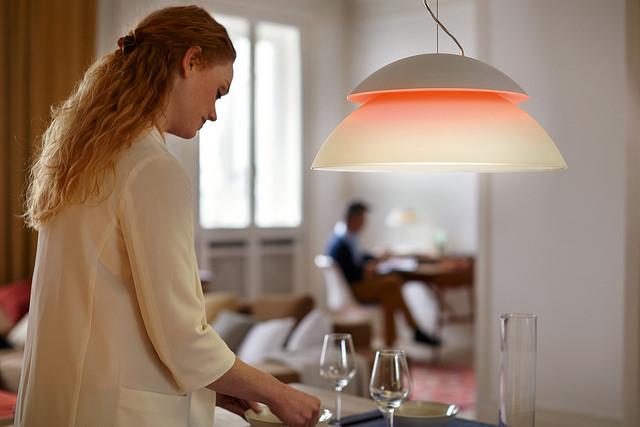
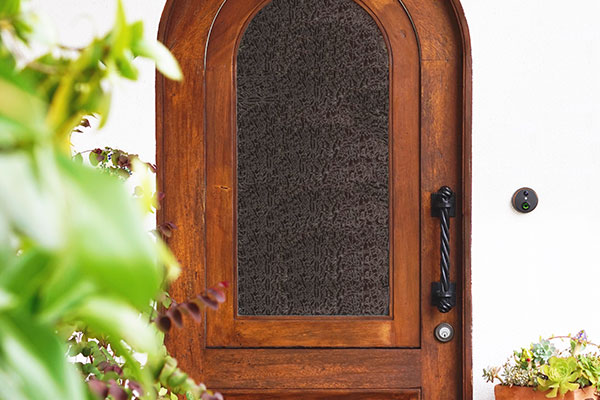
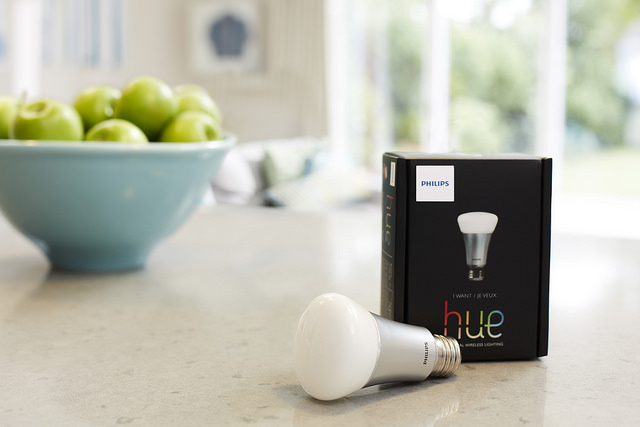
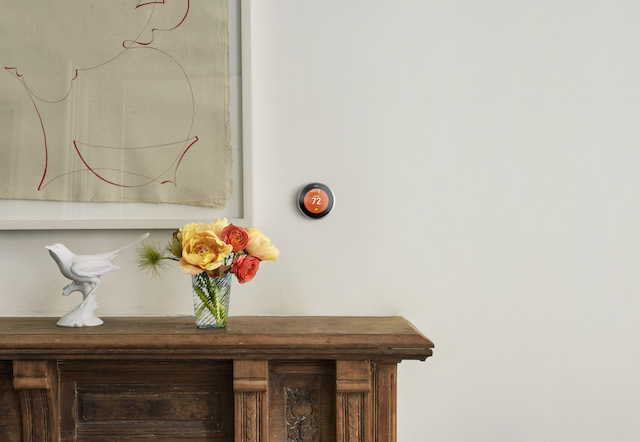
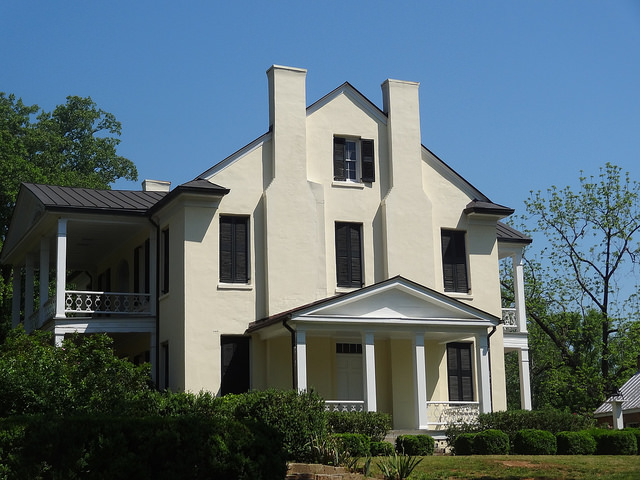
No comments:
Post a Comment